Monarda should have a reserved spot in your garden
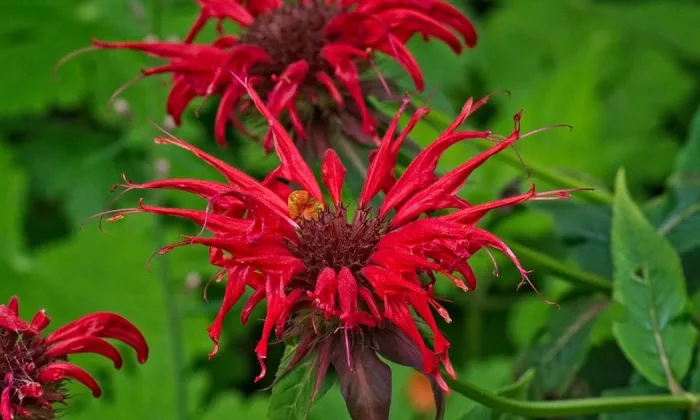
Monarda comes from North America and it is considered a very potent medical plant that can treat various problems, but it is also attractive and undemanding plant. There are many interesting varieties, but today we shall introduce Monarda didyma.
You will notice this strong plant immediately, Its pink flowers (cultivated varieties may even have scarlet red flowers) grow on tall stems that can reach up to130 centimetres. Monarda didyma blooms continuously from May to October and produces a pleasant smell. Bees and butterflies like this plant a lot, so you will see a lot of them in your garden.
Easy to grow
Choose a sunny place It will also do well in partial shade, but it will bloom less. It likes humous, light and well-drained soil and requires watering only during droughts. So, do not try to water it often, because too much watering will easily destroy it.
Photo: Pixabay
You can harvest stems or leaves. If you want to use monarda leaves in salads make sure they are fresh. Leaves taste best before blooming, but you can also eat the flowers. They are best on sandwiches or as a decoration on desserts. If you want to dry monarda collect whole blooming stems and hang them in a semi-shaded, well-ventilated place.
Medicinal effects
The North American Indians fell in love with it and used it to treat various respiratory tract infections (moranda contains thymol essential oil), menstrual problems, digestive and skin problems.
Now, we shall tell you how to prepare tea using one teaspoon of dried moranda. You can even inhale it or use it as on a bandage. Remember though that continuous use should not exceed one month. After that you should take at least a week break.
Our tip: To multiply the medicinal effect, try using both bandages and tea drinking.
Preview photo: Pixabay

Gardening is my hobby, I have a lot of experience and I am happy to share it.




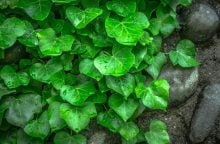
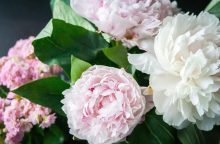
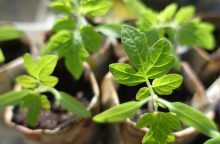
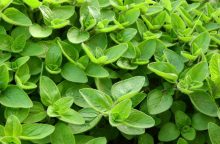
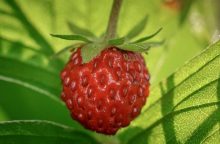
0 comments